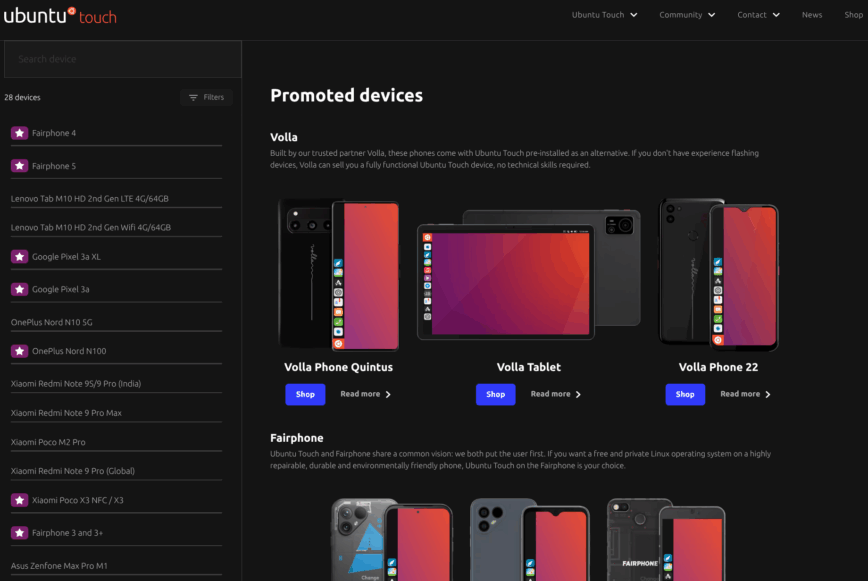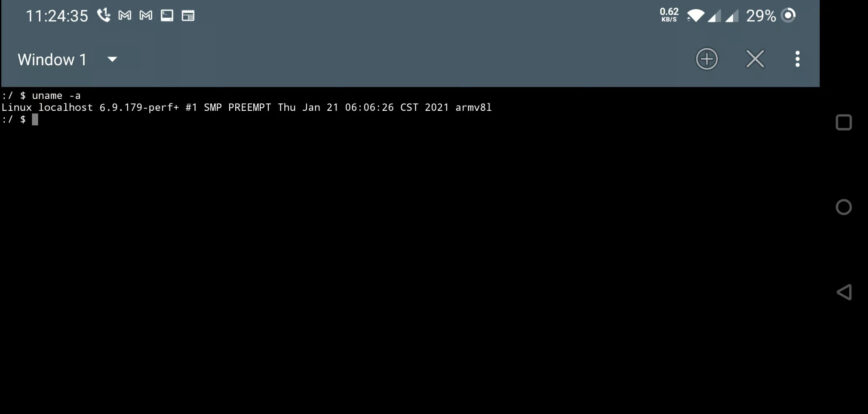Over 80% of all Smartphones are powered by Linux
Linux-powered smartphones are still the dominant force in the global smartphone market in 2025. While some may be surprised by this fact, Linux enthusiasts have every reason to be happy about the continued success and influence of Linux in the mobile world.
Read on for the latest stats, updated links and proof that Linux is still at the heart of the smartphone ecosystem. This is a follow-up to my previous articles in 2013 and 2021.
Google formalized their efforts to keep Android closer to upstream Linux by introducing the Generic Kernel Image (GKI) project in 2019. Since then, the GKI project has matured a lot, with ongoing upstream kernel development focused on reducing fragmentation, upstreaming Android-specific features and establishing a stable Kernel Module Interface (KMI).
All of which has strengthened Android’s connection to the mainline Linux kernel and fostered closer collaboration between Google, device vendors, and the Linux community.
Android and Chrome OS: Still Linux at the Core
Google’s Android and Chrome OS are operating systems originally based on the Linux kernel. Android, in particular, has continued to evolve, now running on long-term support (LTS) Linux kernels, such as versions 4.19, 5.4, and more recently, 6.x series, with regular merges from the Linux mainline into the Android-common kernel tree.
For a deeper dive into Android’s architecture and further confirmation of its relationship with Linux, check out Google’s official documentation and this YouTube video on the topic.
2025 Smartphone Market Share: Linux Still Leads

Most of the “Others” are also Android-based: Xiaomi, vivo, OPPO, etc. (Source)
Recent Canalys (Omdia) research shows that in Q1 2025, the global smartphone market shipped 296.9 million units, with Android-based devices continuing to dominate. Samsung led with 60.5 million units (20% market share), followed by Apple with 55.0 million units (19%). Xiaomi, vivo, and OPPO rounded out the top five.
Combining Android, Xiaomi, Vivo, OPPO, and other Android-based OSes,
Linux powers around 80% of the global smartphone market.
Android’s share remains robust, with estimates consistently placing it at over 80% of global smartphone shipments. Yup, more than a decade after my first article on this, the vast majority of smartphones in use today are still powered by the Linux kernel.
Alternative Linux Smartphones in 2025

While Android dominates, several alternative Linux-based smartphones continue to attract enthusiasts and privacy-focused users:
- Ubuntu Touch: Developed by the UBports community, Ubuntu Touch remains a popular choice for those seeking a fully open-source, community-driven mobile OS. Supported devices now include newer models, with growing support for Fairphone 5 and lots of other recent hardware options.
- Librem 5: Purism’s security- and privacy-focused smartphone, running on Debian Linux, continues to receive updates and improvements. It remains a leading choice for those who value open-source hardware and software.
- PinePhone: Pine64’s PinePhone and PinePhone Pro offer mainline Linux support and hardware kill switches, appealing to developers and tinkerers.
- F(x)tec Pro¹-X: The Pro¹-X, an updated version of the original Pro1, features a physical keyboard and support for multiple Linux-based OS options, including LineageOS and Ubuntu Touch.
- Plasma Mobile: KDE’s Plasma Mobile continues to evolve, supporting a range of devices including the PinePhone and select Android handsets via postmarketOS.
Other notable Linux smartphone options include: Sailfish OS, Volla Phone, Cosmo Communicator, and Necunos NE_1.
Checking the Linux Kernel Version on Your Android

To see which Linux kernel your Android device is running, open Settings > About phone and tap on Android version or Kernel version. For rooted devices, you can use Termux and run:
uname -a This command will display your device’s kernel version and build information.
Conclusion: Linux’s Enduring Dominance
Android’s open-source nature and the flexibility of the Linux kernel continue to drive innovation and user empowerment in the smartphone market. With Android holding steady at around 80% global market share in 2025, Linux’s influence is as strong as ever.
Smartphones powered by Linux continue to dominate the global smartphone market in 2025. While some may still be surprised by this fact, Linux enthusiasts have every reason to celebrate the ongoing success and influence of Linux in the mobile world.
With the fall of the Windows phone, almost 100% of all smartphones are powered by Unix and Unix-like systems. Meanwhile, alternative Linux and Android-based smartphones such as those listed above, offer exciting options for those seeking greater privacy, control, or experimentation.
Amazing how relatively popular Linux is for phones in contrast to Windows for desktops. Presumably we have Google to thank, for building the user-centric Android variant.